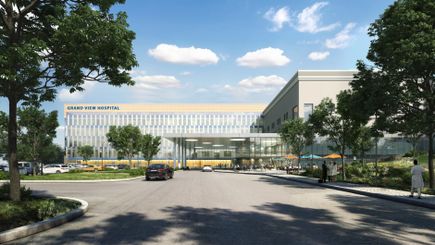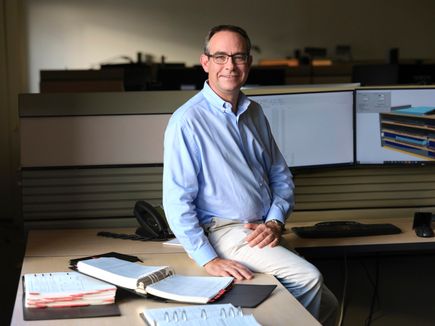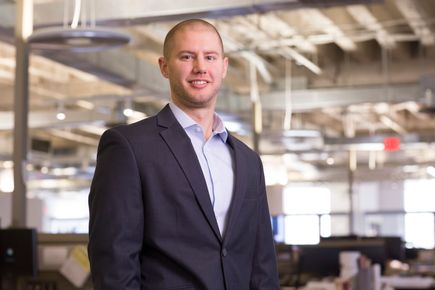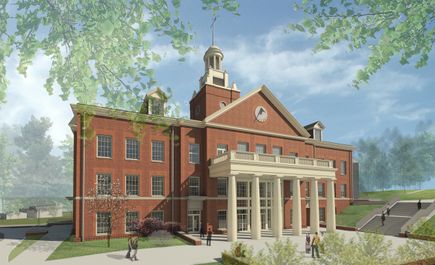Barry Finkelstein Retires from Ballinger
Share
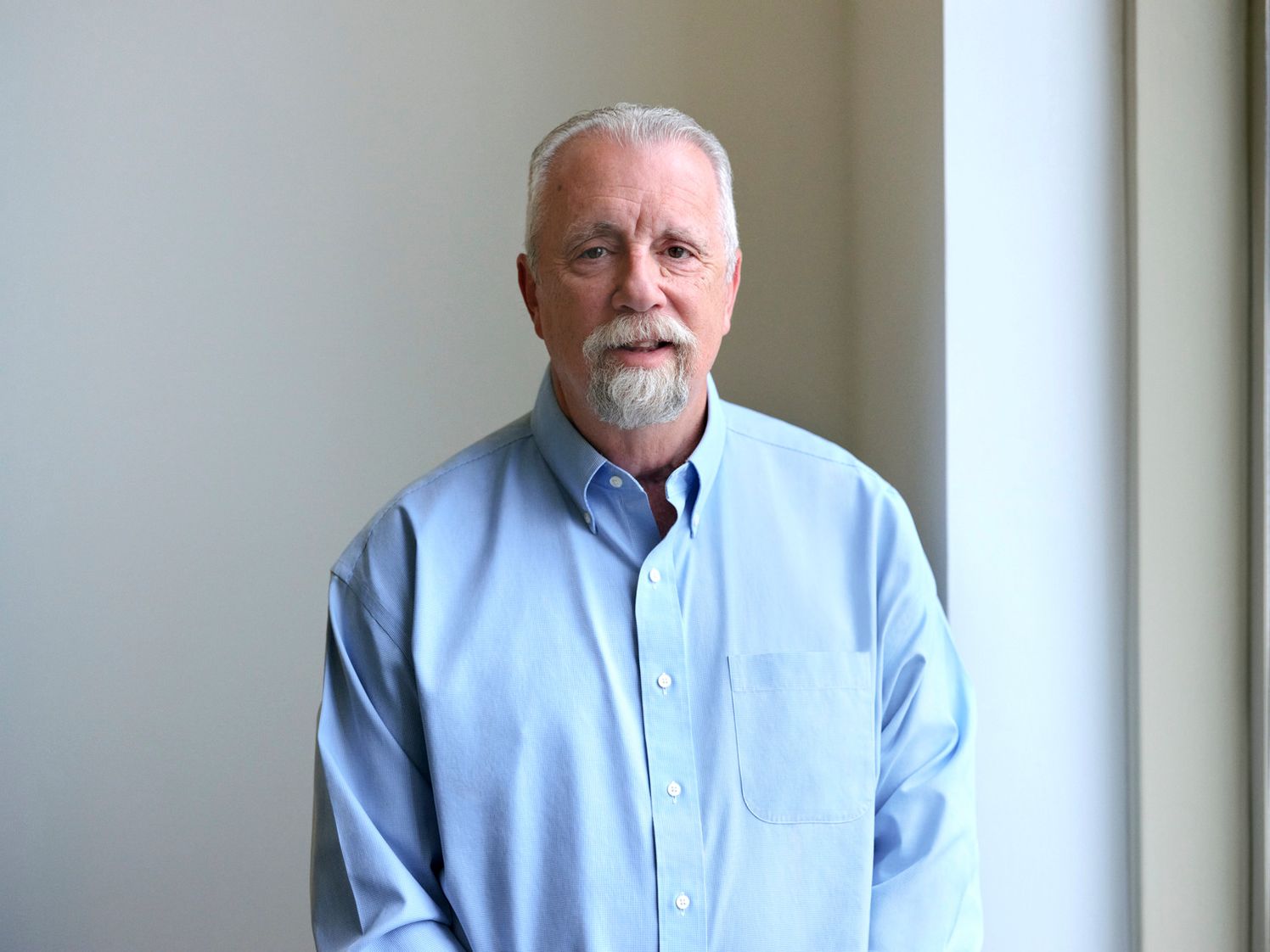
Barry began his 40-year career designing mechanical and electrical systems for buildings and boiler/chiller infrastructure in Baltimore. He founded what is now a major engineering firm there in the early 1980s, developing a reputation for designing unconventional solutions for technologically-complex facilities. Barry was one of the first engineers to use molecular sieve energy recovery wheels on a major new research facility (the Ross Building at Johns Hopkins Medical School, in 1988).
Barry’s exceptional talent for spatial integration may be what drew him to the A/E world – to become a more integral part of the design process. When Barry joined Ballinger in 2000, the firm had a fledgling regional practice in healthcare and academic science. Barry was instrumental in developing the overall practice, especially the engineering portfolio and talent. A key part of the firm’s success can be attributed to his straight-shooting, boots-on-the-ground approach, and the firm now has a prominent national practice and has won numerous engineering awards including two national technology awards from ASHRAE.
Barry understands every step in the building process and all its potential permutations. His communication is direct; so are the documents he and his colleagues produced. Design has to be clearly communicated so it can be built. There is no one way to do it. Barry always recognized that different engineers might make different choices, but the end result had to work, be clearly communicated, and be buildable.
Upon announcing his retirement, Barry was told by one long-term client: “During my career of working at the top academic and research institutions in the country, whenever faced with an extremely challenging engineering problem, you were the person that I could turn to for help in finding a solution when others could not.”
Here are some of the complex building projects Barry worked on at Ballinger:
